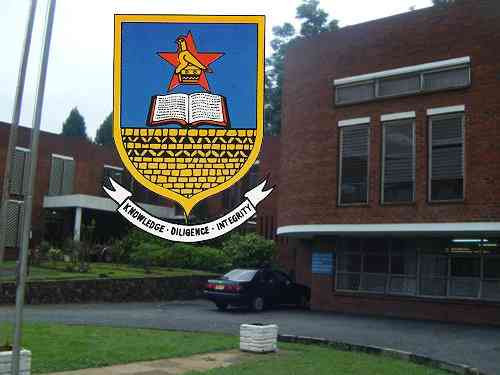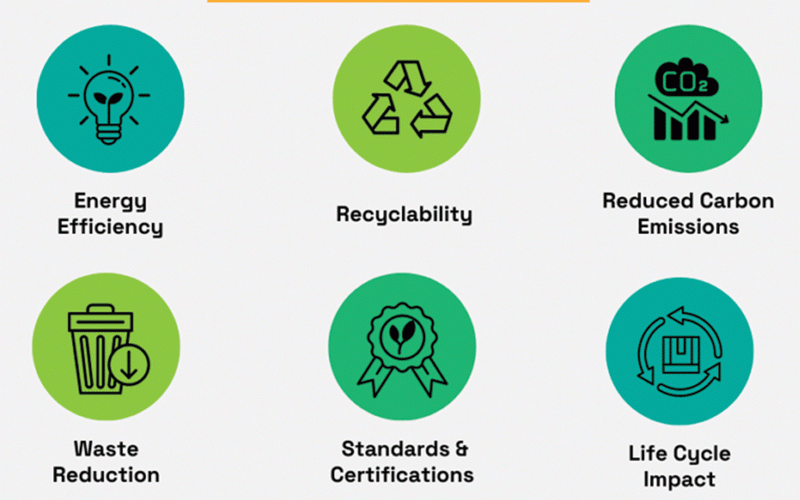
April was one of the most dramatic and sobering months Zimbabwe has seen in recent times. In an unprecedented show of defiance, University of Zimbabwe lecturers — long considered among the country’s intellectual elite — downed tools in protest over salaries that barely match those of farm labourers.
Authorities responded not with engagement, but with vengeance: union leaders were targeted and punished for demanding what is rightfully theirs.
This is not just any university. That imposing institution in Harare, once a beacon of academic excellence, has been battered by decades of neglect and self-serving policy failures. The system that produces scientists, engineers, and doctors for the region is in shambles. Professors are expected to survive on petty cash — an insult that should have triggered alarm bells at the Ministry of Higher and Tertiary Education.
But this regime does not listen. It silences. More than 4 000 nurses have been blocked from seeking better opportunities abroad. The government is afraid of losing the talent it refuses to pay decently.
The rot is systemic. Zimbabwe is relapsing into a familiar nightmare. The streets are once again lined with strange loaves of bread, bizarre currency exchange hotspots, and sky-high prices. Annual inflation has surged past 85%, and our leaders have once again surrendered to chaos.
The moral thing for this government to do now is resign gracefully and allow competent hands to take over. But morality has never been part of the script.
When President Emmerson Mnangagwa launched the Emergency Road Rehabilitation Programme and other grand infrastructure projects, he painted a perfect vision: to rebuild a modern Zimbabwe that rises above inefficiency. Instead, what followed was a textbook case of economic sabotage. Home-grown contractors were awarded tenders. Then, in a panicked attempt to control inflation, the Reserve Bank of Zimbabwe (RBZ) sucked liquidity out of the economy. The consequences have been devastating.
By the end of 2024, contractors were already running on fumes. Last week, the Zimbabwe Independent revealed the scale of the implosion: many contractors have not been paid in months. Court cases are piling up. Companies are collapsing. Investors’ homes have been seized, workers laid off, with equipment lying idle as roads crumble and bridges rot.
- ‘Inflation could shoot to 700% by April next year’
- New perspectives: Inflation control critical for economic growth
- Inflation spike: Why interest rates aren’t the answer
- Village Rhapsody: Govt must ensure that devolution works
Keep Reading
RBZ governor John Mushayavanhu knows better than most the dangers of an uncontrolled money supply — he lived through 2008. But in trying to avoid one disaster, he has triggered another.
The Zimbabwe Building Contractors Association (ZBCA) confirmed last week that its members are drowning in debt. ZBCA president Tinashe Manzungu said the consequences have been dire: “Some businesses have shut down. Others have been dragged to court. People are repaying debts with personal belongings. Some have even lost their homes.”
This includes companies that played pivotal roles in major government infrastructure projects. Today, they are labelled defaulters, possibly blacklisted by banks, and frozen out of future contracts.
One flagship project is the 584-kilometre Harare–Beitbridge Highway, featuring the US$90 million Trabablas Interchange, whose completion has been delayed by many months. Contractors face bankruptcy. Treasury officials, responsible for financing, have gone silent.
Mnangagwa’s regime insists the money will come. But the fiscus is threadbare. Public debt now stands at US$21 billion. Zimbabwe’s credit ratings are in the basement. Access to concessional loans is blocked. Debt forgiveness is off the table because lenders demand reforms Zimbabwe has long procrastinated to implement — including addressing concerns over human rights abuses and respecting democratic institutions.
We have failed on every front.
Contractors are now begging for alternatives. Some have asked for land in lieu of payment. Others are pushing for a shift to public-private partnerships, which require stronger institutions and trust. At present, both are sorely lacking.
Manzungu said Treasury can only fund 30% to 40% of what is needed. That is not just inadequate. It is catastrophic.
The government could have avoided this by floating infrastructure bonds and securing development finance from credible lenders. Instead, it insisted on funding mega projects from thin pockets — hoping for miracles in a climate of mismanagement.
Now, we are stuck.
Families have been ruined. The country’s construction sector, once a pillar of economic revival, is bleeding out. Mnangagwa’s signature economic strategy has become the biggest threat to industrialisation. His administration floats tenders it cannot fund and pretends the crisis will fix itself.
We lived this in 2008 — bread lines, collapsed industries, empty wallets, and crushed hopes. We are hurtling towards that abyss again.
This is not just mismanagement. It is destruction. And our government is entirely at home with it.











